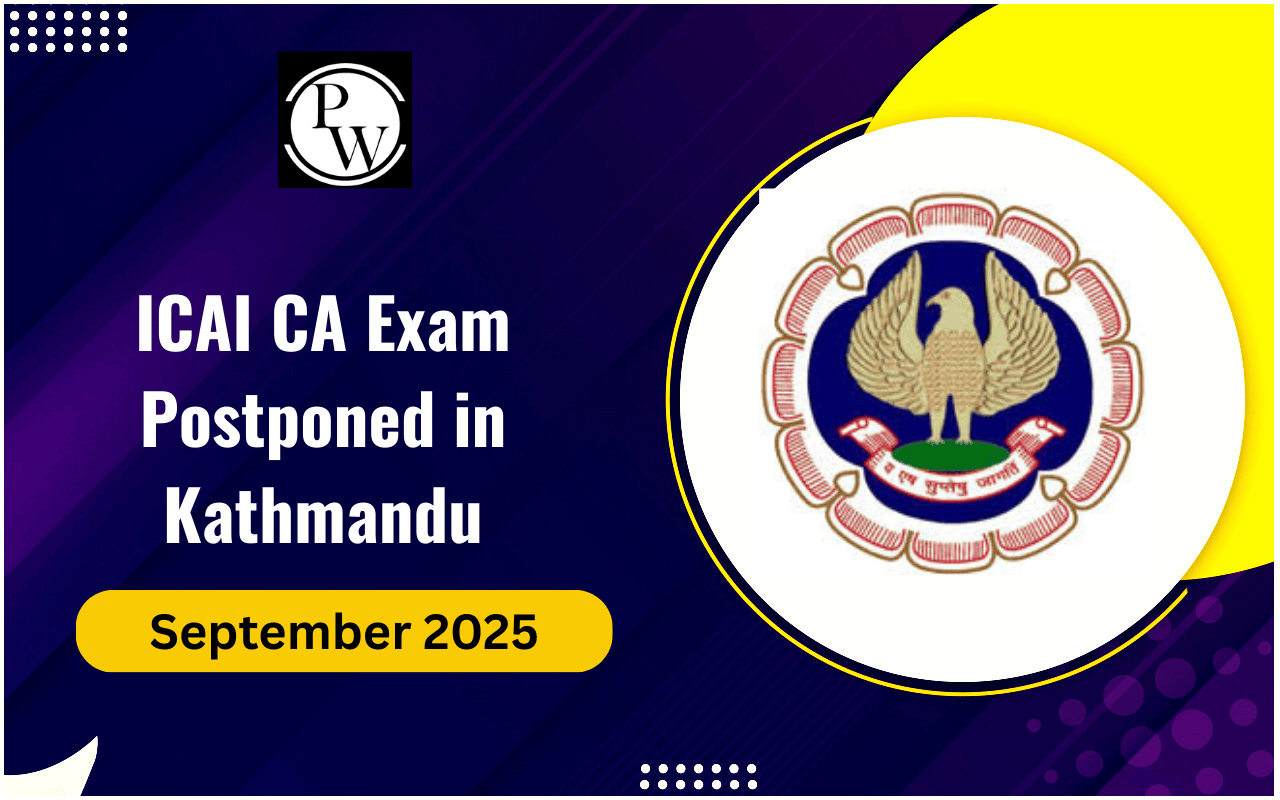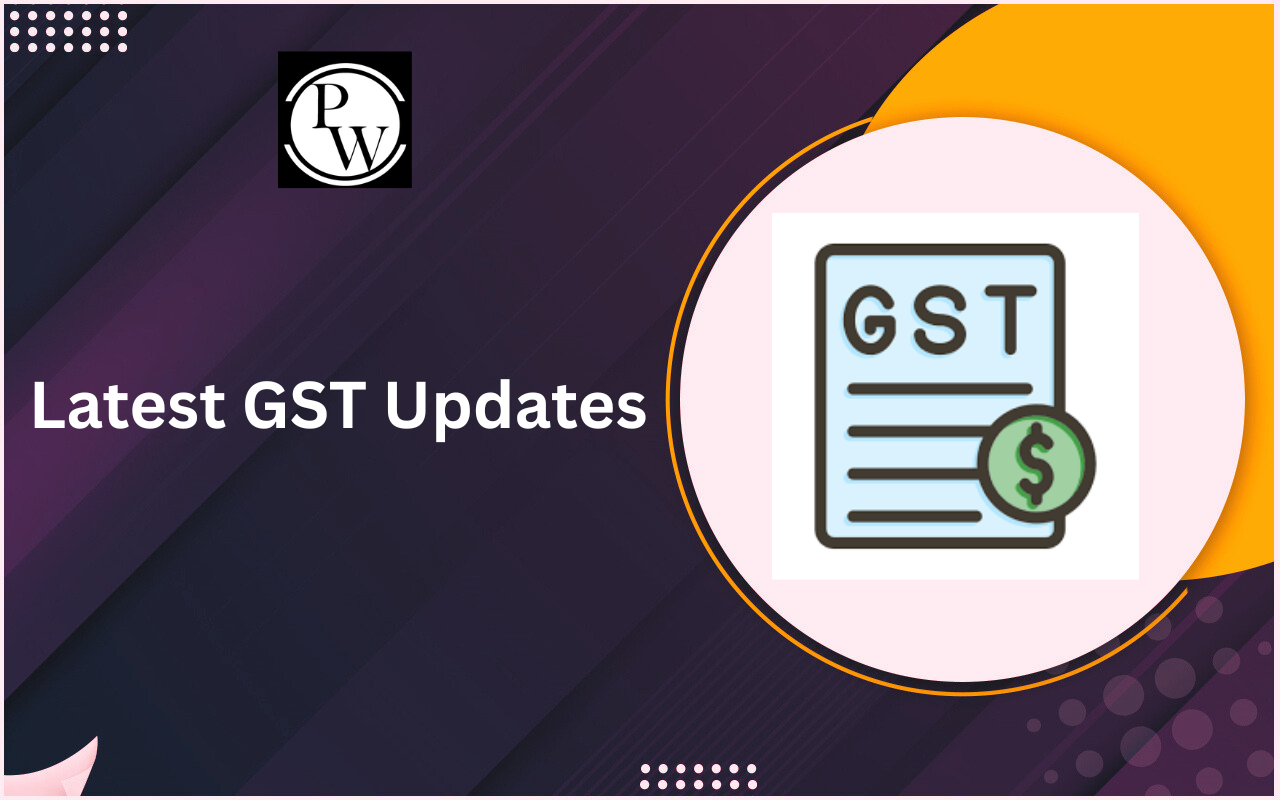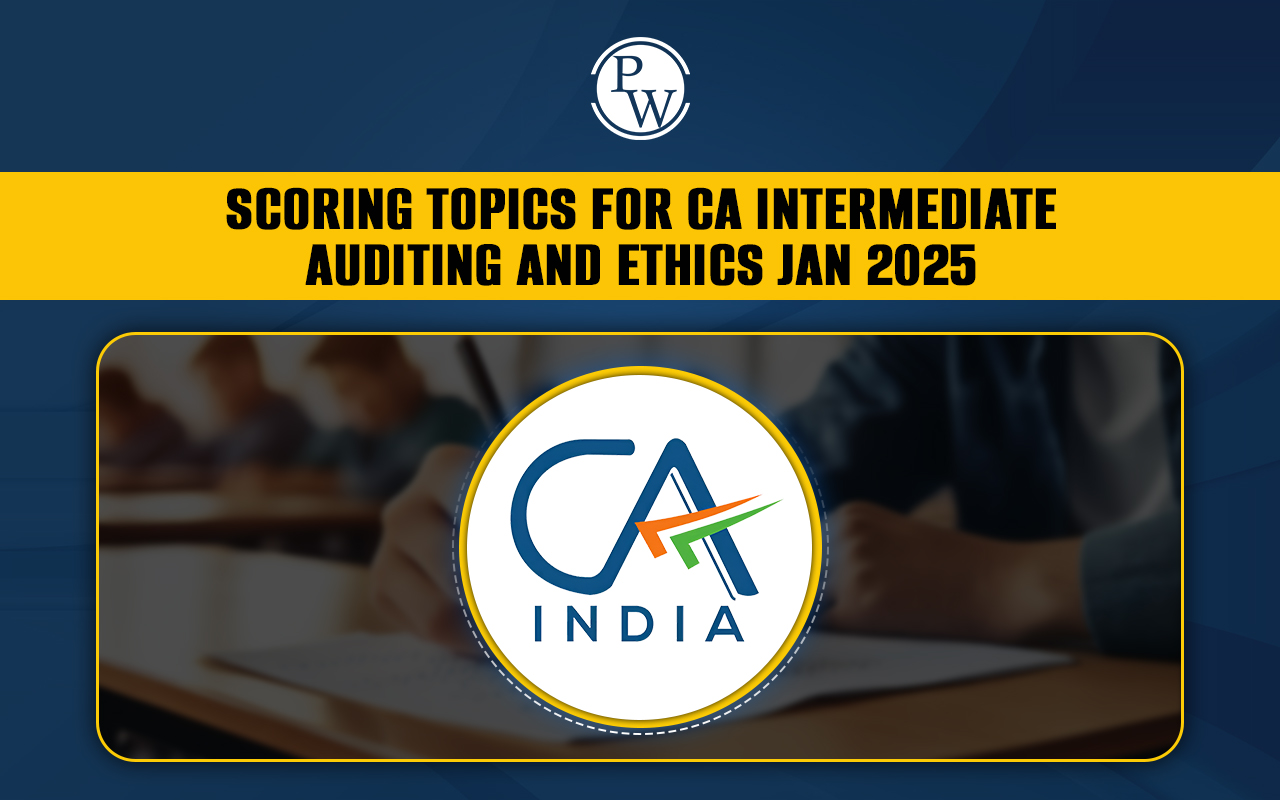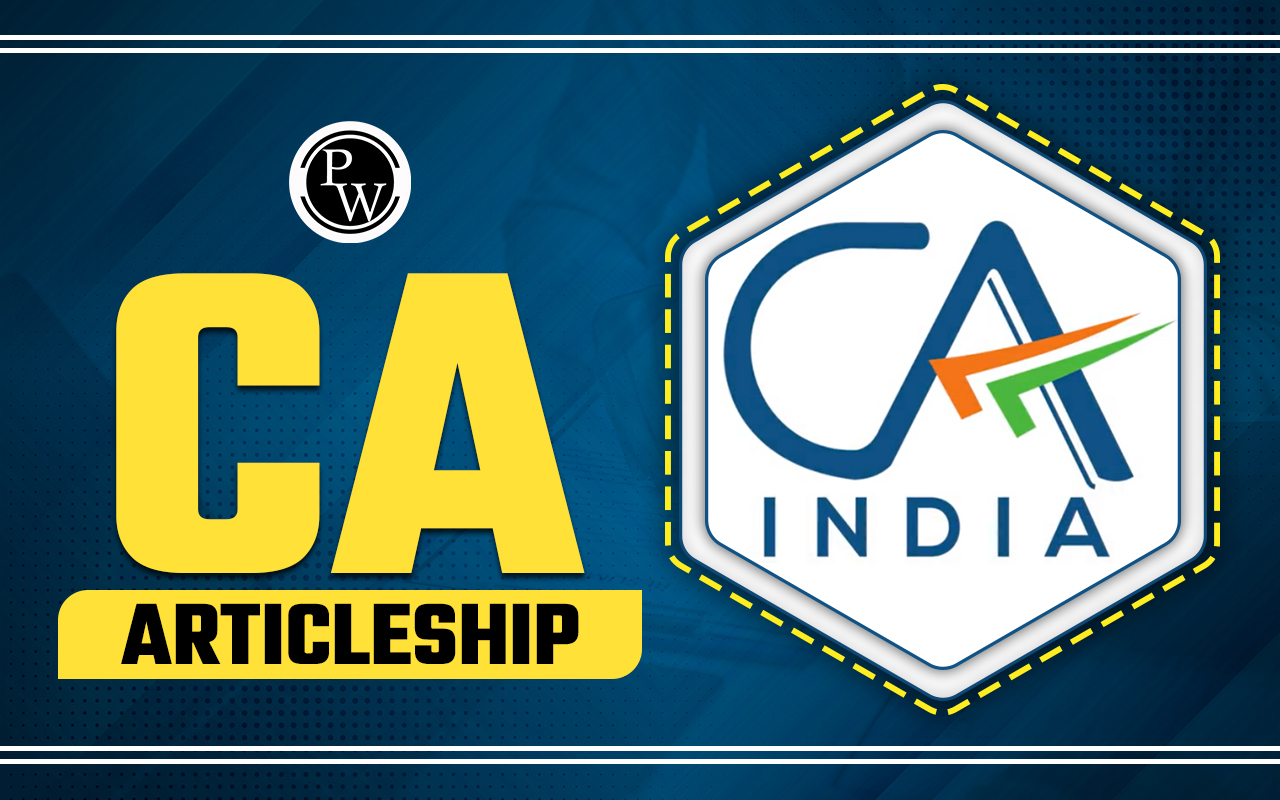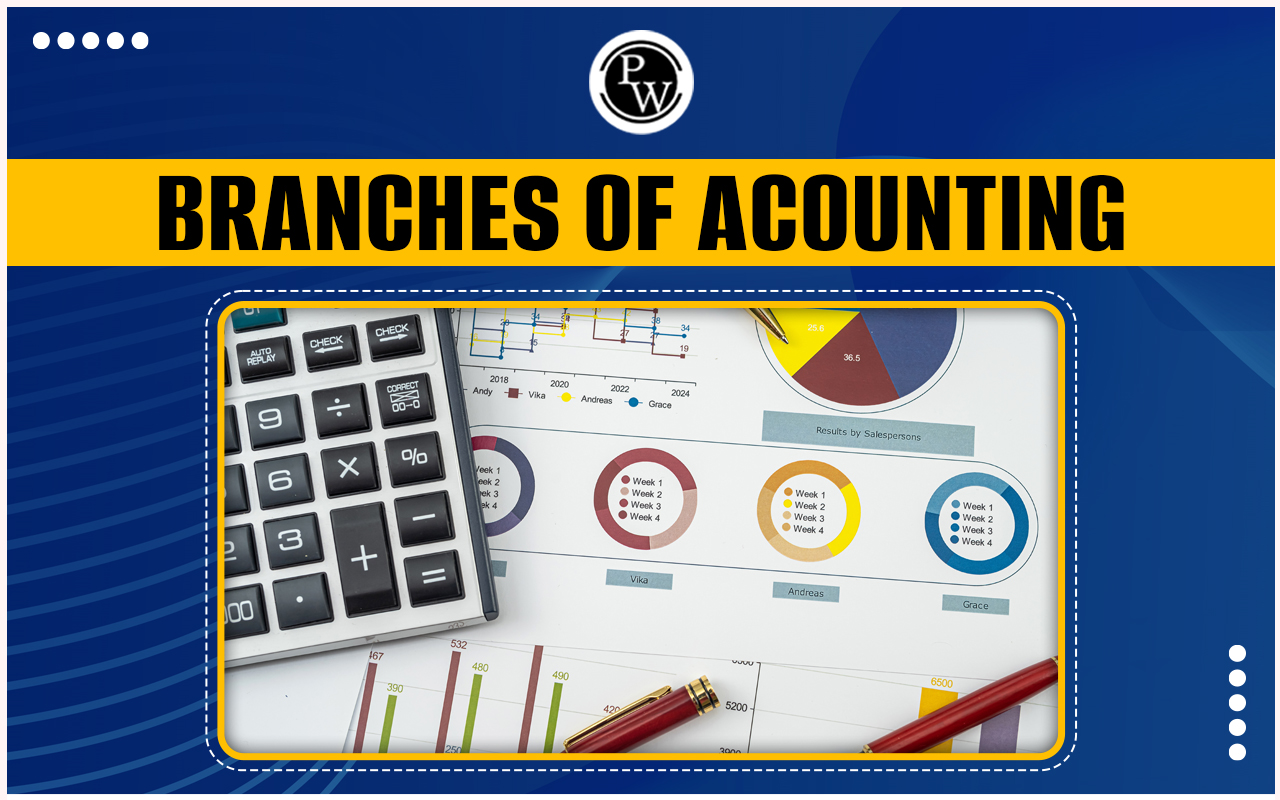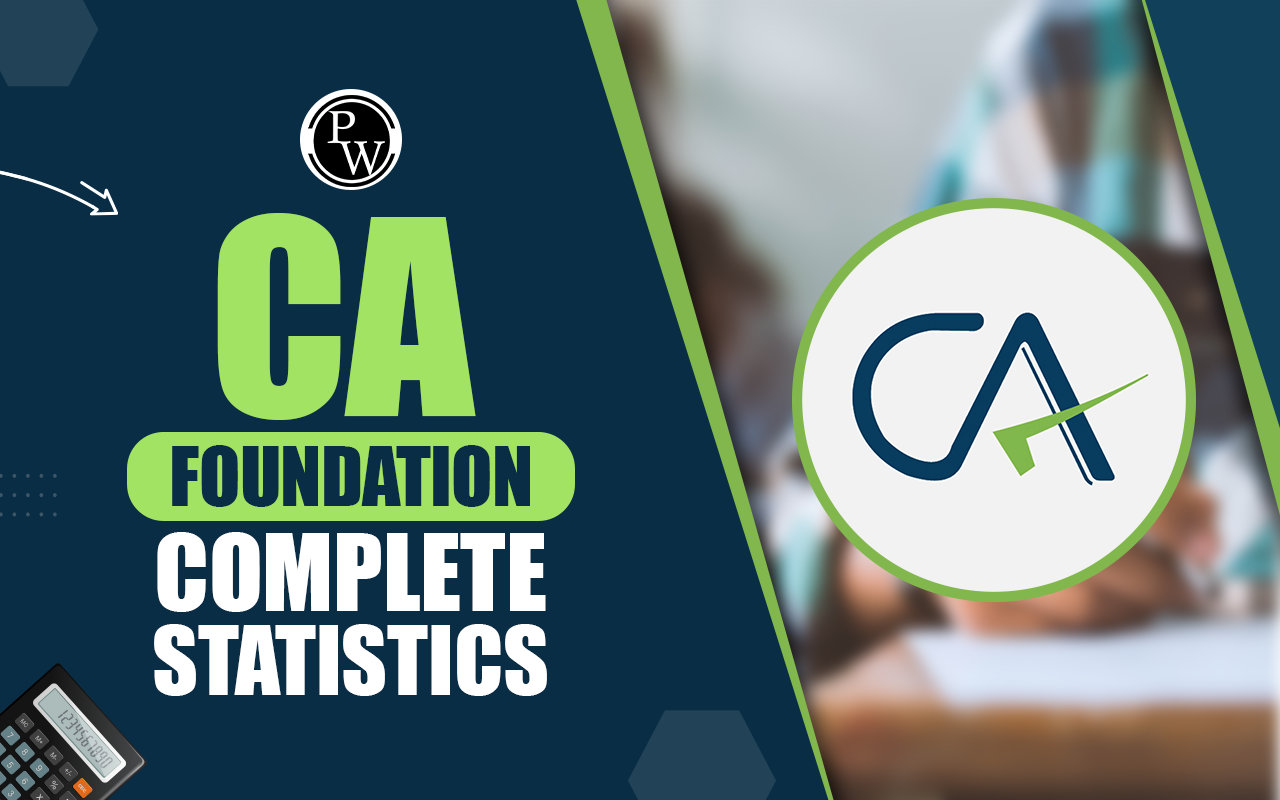
Cost accounting methods are diverse strategies used by businesses to understand their expenses better. These methods, like Job Costing, Process Costing, ABC Costing, Marginal Costing, and more, help companies figure out how much it costs to make their products or services. By using these techniques, businesses can make smarter decisions about where to invest resources and how to price their offerings for maximum profitability in today's competitive market.
These methods are crucial for businesses because they help determine the real cost of making goods or providing services. They also assist in setting prices, evaluating performance, and deciding where to allocate resources. From traditional methods like absorption and marginal costing to newer ones like target costing and life cycle costing, there's a method for every business need. Understanding these methods is key for businesses to handle their costs effectively and grow sustainably. Let's explore these different approaches to cost accounting.Methods of Cost Accounting
The following are the different methods of cost accounting:Job Costing
Job costing is a way to figure out how much it costs to make something specific, like a product, service, or project. You keep track of all the direct and indirect expenses for each job, such as labor, materials, and overhead, and then divide these costs up. It's often used in industries where things are made to order or are one-of-a-kind. This helps figure out the right price for each job and see if it's making money.Activity-Based Costing
Activity-based costing (ABC) is a way of figuring out how much different tasks in a company actually cost. Instead of just guessing, ABC looks at what makes those costs go up or down. By doing this, it helps businesses see where their money is really going, making it easier to make smart choices about how to spend and use resources.Standard Costing
Standard costing is a method where you set upfront estimates for how much materials, labor, and overhead should cost. These estimates act as reference points to see if your actual costs match up. By comparing what you actually spend with these estimates, you can spot differences and figure out how well your operations are running. This helps in evaluating performance, keeping costs in check, and making smarter decisions.Target Costing
Target costing is a smart way to manage costs early in making a product. It happens when you figure out the price you want to sell your product for, considering what customers will pay and how much profit you want to make. Here's how it works: you start with the selling price you aim for, then take away the profit you want. That gives you the target cost. This target cost helps steer the development of the product, making sure it can be made and sold at a profit.Absorption Costing
Absorption costing is a way of assigning all the costs of making something, such as materials and factory expenses, to each item produced. It includes both the costs that change with the number of items made and those that stay the same, like rent. This method treats fixed expenses, like rent and utilities, as part of the cost of each item. Companies use absorption costing for official financial reports, following standard accounting rules (GAAP). It gives a fuller picture of what it actually costs to make a product compared to other methods like variable costing.Uniform Costing
Uniform costing streamlines cost analysis for firms in a particular industry. It's like using the same measuring tape for all tailor shops: it ensures everyone's using the same methods and formats to track costs. This helps businesses compare their performance, control costs together, and find ways to improve as a group.Differential Costing
Differential costing is a method used to compare costs between different choices. It helps by pinpointing the extra costs and benefits of picking one option over another. By focusing on the costs and revenues that change with each choice, it simplifies decision-making. This technique is valuable for understanding how different decisions affect profits and resource use.Also Read: Audit Planning and Execution
Direct Costing
Direct costing, also called variable costing, focuses only on variable expenses as part of a product's cost. Fixed costs are seen as periodic expenses instead. This method helps understand how costs change with production levels and aids in decision-making by revealing the profit margin of each item sold. It's handy for internal management and quick decisions.Indirect Costing
Indirect costing, or absorption costing, assigns both variable and fixed manufacturing costs to products. Fixed manufacturing overhead is included as a product cost, blending it into the cost of goods sold. This method is crucial for external financial reports according to accounting standards and gives a fuller picture of product costs compared to variable costing.Full Costing
Full costing, also called absorption costing, means assigning all the costs of making a product—including both the costs that change with production levels and those that stay the same—to each unit produced. This method looks at both direct costs (like materials) and indirect costs (like factory rent), giving a complete picture of what it costs to make something. It's a must-follow rule in accounting (GAAP) and helps to understand the total cost of making goods or providing services.Variable Costing
Variable costing, or direct costing, only counts the costs that change with how much is produced as the product costs. The fixed costs, like rent or salaries, are considered as regular expenses for the time period. This approach shows how costs change when production levels go up or down, which is super helpful for short-term decisions and seeing how well things are going. Variable costing is especially handy for managers since it helps to see how much each product sold contributes towards covering costs.Fixed Costing
While Fixed Costing isn't a widely recognized term in accounting, if you're referring to a method that solely assigns fixed costs to products or services, it's not common. Typically, fixed costs, like rent or salaries, are treated as regular expenses for a period, rather than being divided among individual units.Activity-Based Management (ABM)
Activity-Based Management (ABM) is a strategic approach that uses activity-based costing info to make better decisions. It's all about improving processes and performance within a company. ABM digs into activities, their costs, and what drives them to find ways to be more efficient, cut costs, and add value. It's about making sure activities match up with what the organization wants to achieve, aiming to get the most value while minimizing waste.Process Costing
Process costing is a method used to calculate the cost of making similar products continuously. It works by averaging out the costs across all units produced within a specific production process or department. This method is commonly used in industries such as chemical manufacturing or food processing. Process costing simplifies cost calculation by evenly distributing costs across all units. This makes it easier to monitor and control production expenses for items that are mass-produced.Marginal Costing
Marginal costing is a method that focuses solely on the variable costs when figuring out how much it costs to produce one extra unit. Fixed costs are seen as regular expenses and aren't divided among products. This technique is useful for seeing how changes in production volume affect profits and for making quick decisions about pricing and production in the short term.Life Cycle Costing
Life Cycle Costing is a thorough way of looking at all the costs linked to a product or project from the beginning to the end of its life, including its creation, use, and disposal. This covers expenses from designing and making it to distributing, maintaining, and getting rid of it. By considering all these costs, it helps in making smarter choices about product development, pricing, and efforts to be sustainable.Lean Accounting
Lean Accounting is an accounting method that follows lean principles. It aims to offer financial info that helps in continuous improvement and cutting waste in a company. This approach streamlines reporting by removing unnecessary activities and highlights using key performance indicators to measure how efficient operations are and how much value they create. This makes it easier to make decisions and allocate resources effectively.Throughput Costing
Throughput costing focuses only on the direct materials costs of production, ignoring other costs like labor and overhead. It aims to boost profitability by maximizing the rate at which a company generates revenue through sales. This method is often used in situations where production capacity is limited.Historical Costing
Historical costing values assets and liabilities based on their original purchase or acquisition cost. Transactions are recorded at their original nominal value without adjustments for inflation or changes in market value over time. While simple to apply, historical costing may not accurately reflect the true worth of assets in rapidly changing market conditions.Opportunity Costing
Opportunity costing evaluates the potential benefit lost when one alternative is chosen over another. It involves assessing the value of the next best alternative forgone in a decision-making process. By considering opportunity costs, businesses can make more informed decisions by understanding the trade-offs involved in choosing one option over another.| Also Check | |
| Auditors Responsibilities and Liabilities | Internal Audit Function Effectiveness |
| Types of Audit | Performance Audit |
| Cost Concept In Accounting and Economics | Credit Management and Control |
Methods of Cost Accounting FAQs
What is job costing?
Job costing is a method used to calculate the cost of producing specific items, services, or projects by tracking direct and indirect expenses for each job.
How does activity-based costing differ from traditional methods?
Activity-based costing (ABC) focuses on understanding the actual costs of different tasks in a company, while traditional methods may rely on more generalized cost allocation.
What is target costing and how does it work?
Target costing involves determining the desired selling price, subtracting the desired profit margin, and using the resulting target cost to guide product development to ensure profitability.
Why is absorption costing crucial for financial reporting?
Absorption costing allocates all production costs, including fixed and variable, to each item produced, providing a comprehensive view of product costs for financial reporting purposes.
How does opportunity costing help in decision-making?
Opportunity costing evaluates the potential benefit lost when choosing one alternative over another, enabling businesses to make informed decisions by understanding the trade-offs involved.
🔥 Trending Blogs
Talk to a counsellorHave doubts? Our support team will be happy to assist you!

Free Learning Resources
PW Books
Notes (Class 10-12)
PW Study Materials
Notes (Class 6-9)
Ncert Solutions
Govt Exams
Class 6th to 12th Online Courses
Govt Job Exams Courses
UPSC Coaching
Defence Exam Coaching
Gate Exam Coaching
Other Exams
Know about Physics Wallah
Physics Wallah is an Indian edtech platform that provides accessible & comprehensive learning experiences to students from Class 6th to postgraduate level. We also provide extensive NCERT solutions, sample paper, NEET, JEE Mains, BITSAT previous year papers & more such resources to students. Physics Wallah also caters to over 3.5 million registered students and over 78 lakh+ Youtube subscribers with 4.8 rating on its app.
We Stand Out because
We provide students with intensive courses with India’s qualified & experienced faculties & mentors. PW strives to make the learning experience comprehensive and accessible for students of all sections of society. We believe in empowering every single student who couldn't dream of a good career in engineering and medical field earlier.
Our Key Focus Areas
Physics Wallah's main focus is to make the learning experience as economical as possible for all students. With our affordable courses like Lakshya, Udaan and Arjuna and many others, we have been able to provide a platform for lakhs of aspirants. From providing Chemistry, Maths, Physics formula to giving e-books of eminent authors like RD Sharma, RS Aggarwal and Lakhmir Singh, PW focuses on every single student's need for preparation.
What Makes Us Different
Physics Wallah strives to develop a comprehensive pedagogical structure for students, where they get a state-of-the-art learning experience with study material and resources. Apart from catering students preparing for JEE Mains and NEET, PW also provides study material for each state board like Uttar Pradesh, Bihar, and others
Copyright © 2025 Physicswallah Limited All rights reserved.



